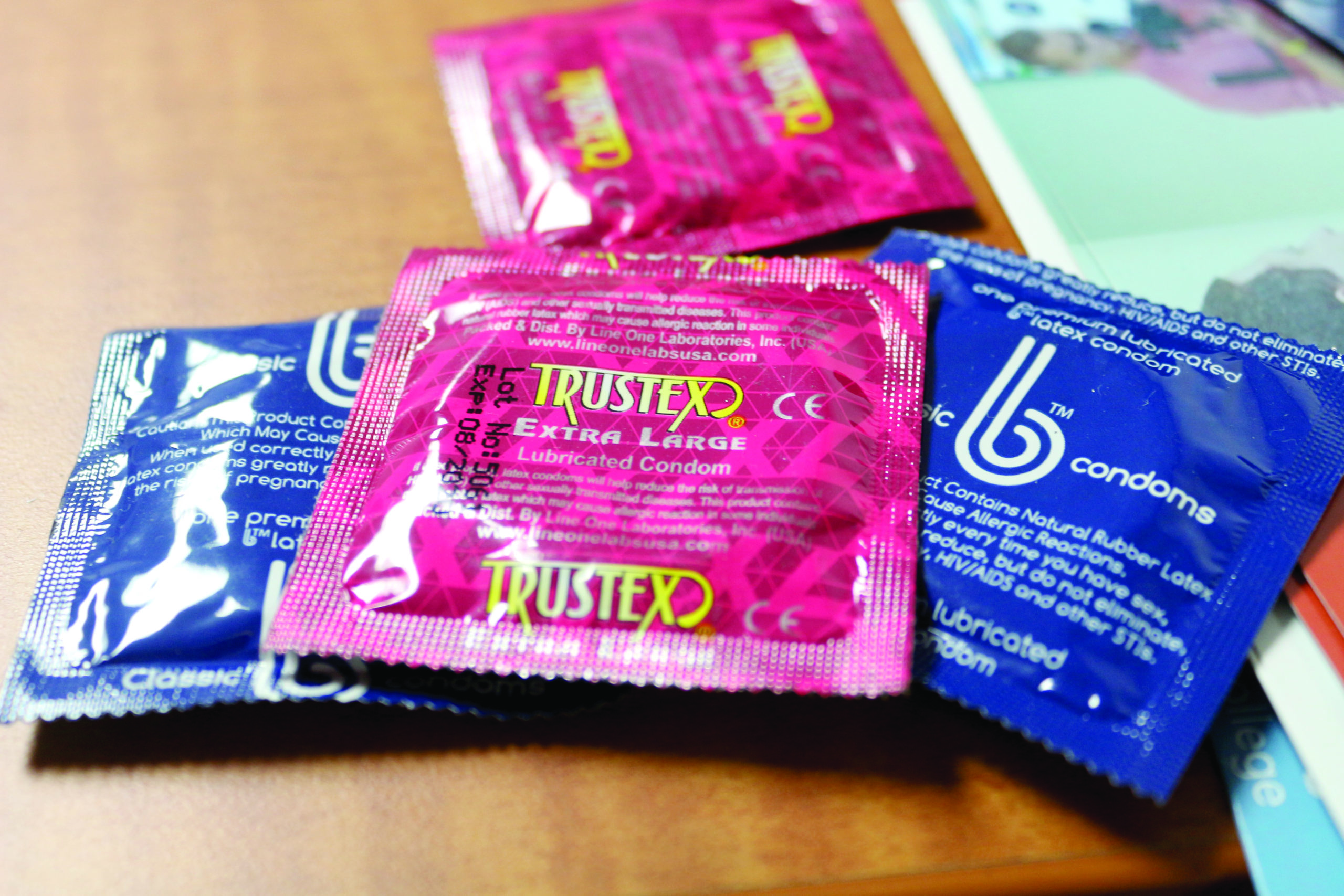
Common misconceptions about condoms can cause a ripple effect of unsafe sex practices.
The following six condom myths have been replaced with helpful information that can promote healthy sexual interactions across Georgia State.
Vivian Ludi has over 42 years of varied nursing experience, including hospital work and nurse management.
“People probably do not know how effective [condoms] are if used properly to prevent pregnancy and STIs,” Ludi said. “Condoms can break if not properly applied.”
Myth 1: Condoms Protect Against All Sexually Transmitted Infections
According to the CDC, condoms help to protect against STIs that can be transferred through bodily fluids, such as gonorrhea and chlamydia.
Syphilis, genital herpes and human papillomavirus (HPV, which causes genital warts) are spread through skin-to-skin contact, so condoms provide less protection against them.
In October 2019, the CDC reported increases in syphilis, gonorrhea and chlamydia cases from 2017 to 2018, which are the most commonly reported STIs.
Myth 2: Condoms Don’t Provide Protection Against HIV
When used consistently and correctly, condoms are highly effective in preventing HIV.
“HIV is a virus that is carried in blood, semen and vaginal fluids,” the Planned Parenthood website states. “None of these substances can pass through an intact latex condom, a polyurethane male condom, or a polyurethane internal [female] condom.”
Myth 3: Condom Size Doesn’t Matter
A condom that fits correctly reduces the chance of condom malfunctions.
“A condom that is too small will feel too tight and has a higher chance of breaking. A condom that is too big could potentially fall off during sex and/or leak,” according to Sustain Natural, an all-natural condom company.
“It’s hard to find the right size. I think it’s because size differs between brands,” Kody Wood, a Georgia State student, said.
Wood uses condoms as his preferred choice of contraception.
“I don’t think I really know what ‘appropriately fit’ is,” Wood said. “When you’re about to have sex, it’s on, it fits, but then you’re having sex and you hear a pop or it comes off.”
Myth 4: ‘Double-bagging’ Condoms Offers More Protection
Medical professionals caution against wearing two condoms, according to Verywell Health, a website providing health and wellness information from health professionals.
The friction caused during sex can cause both condoms to tear, ultimately making both ineffective.
Myth 5: You Don’t Need a Condom for Oral Sex
Oral condoms, also known as tongue condoms, protect the wearer from STIs, HPV and HIV.
Myth 6: You Must be 18 to Buy Condoms
Sellers aren’t supposed to ask for an ID when buying condoms because there is not an age requirement to purchase them.
Power to Decide, a campaign to prevent unplanned pregnancy, reports that sellers are not legally allowed to refuse to sell someone condoms if the buyer doesn’t disclose their age.
Georgia State’s Student Health Promotion, located on the second floor of the Citizen’s Trust Building, Suite 241, offers free male and female condoms for pick up.
Editor’s Note: This article is not meant to serve as medical advice. For any information regarding your personal sexual health, refer to your primary caregiver or the campus clinic.
